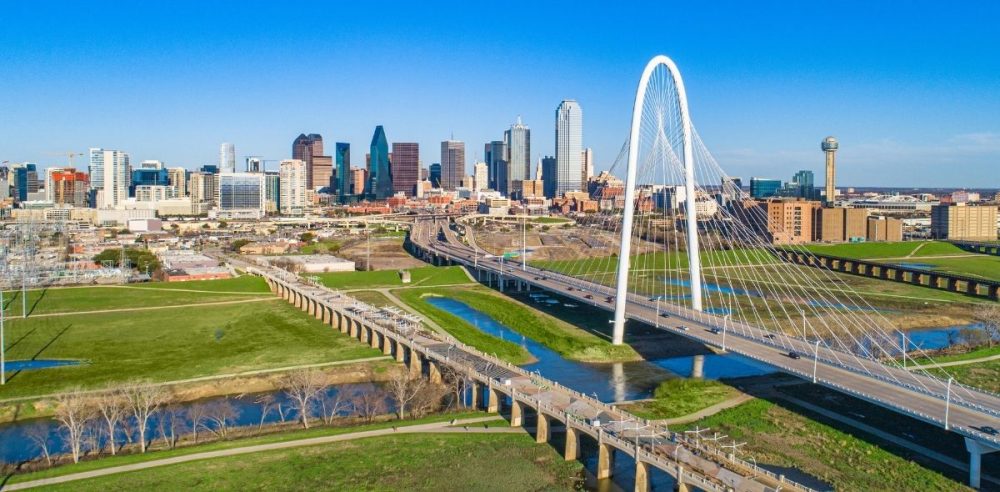The DFW metroplex keeps on growing, albeit at a slightly slower rate than in recent years.
According to new data from the U.S. Census Bureau, Dallas-Fort Worth recorded the third-largest population increase in the United States last year. This represents a slight drop in ranking from the No. 1 spot DFW secured the year prior.
Between July 1, 2023, and July 1, 2024, the metroplex added an estimated 177,922 residents, reaching a total population of 8.3 million. For perspective, that represents an increase of 487 people per day, whether through migrations or births.
Not only was Dallas-Fort Worth no longer the No. 1 fastest-growing metropolitan area in the country, but it was not even the fastest-growing state.
Houston-Pasadena-Woodlands bested DFW, locking down the second-fastest-growing metro area in the United States. The metro area’s population increased by 198,171, bringing the total to 7.7 million.
New York-Newark-Jersey City was the country’s fastest-growing metro, with 213,403 new residents, for a total of 19.9 million.
Zooming out, 96% of the entire country’s 3.2 million-person population growth occurred exclusively in metropolitan areas. Notably, nine of the 10 fastest growing metros were in the South.
People continue to flock to the South, particularly Dallas, in pursuit of employment opportunities and more affordable housing.
And it is not just individuals, either.
Earlier this year, The Dallas Express reported that Dallas ranked as the country’s top city for corporate headquarters relocations. Favorable tax policy, a strong talent pool, and a lower cost of living are some of the reasons that attract people and companies to North Texas.
One estimate predicts Texas will be home to the three largest cities in the United States by 2100. Austin is forecast to be the third largest, with 22.29 million; Houston is second at 31.38 million, and Dallas is expected to be the country’s largest, hitting 33.91 million by the end of the century.


